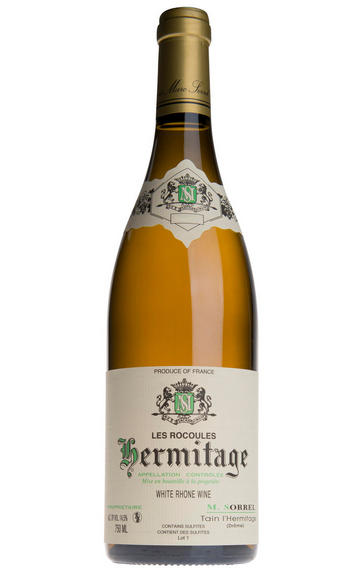
2003 Hermitage Blanc, Les Rocoules, Domaine Marc Sorrel, Rhône
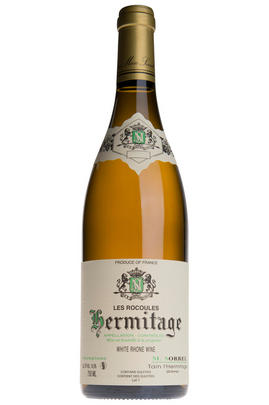
Critics reviews
(Robert Parker - Wine Advocate # 163 - Feb 06)
(Robert Parker - Wine Advocate # 163 - Feb 06)
About this WINE
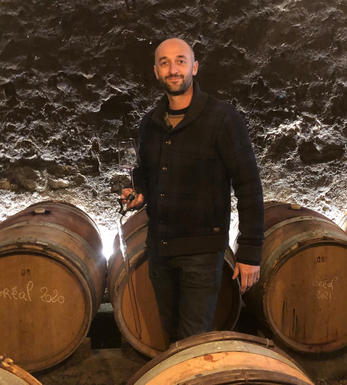
Domaine Marc Sorrel
Marc retired at the end of 2018, but his son, Guillaume, is now firmly at the helm. The 3.5-hectare domaine comprises parcels of old vines on the incredibly steep slopes of Hermitage and Crozes-Hermitage. For this talented and dedicated grower, simplicity and tradition are key. The wines made with low intervention, minimal de-stemming and no new wood in a charmingly unassuming cellar in the centre of Tain-l’Hermitage.
Guillaume was really pleased with his ’20s, describing them as smooth with good ripeness, but also displaying sharpness and minerality. He explains how this was helped in part by the late rains of ’19, ensuring good water reserves to his old vines, but also an early harvest on 24th August that kept all alcohol levels moderate. The quantity is, as always, regretfully small, but the quality is outstanding. This domaine continues to excel year on year, and the wines prove themselves to be exceptionally age-worthy.
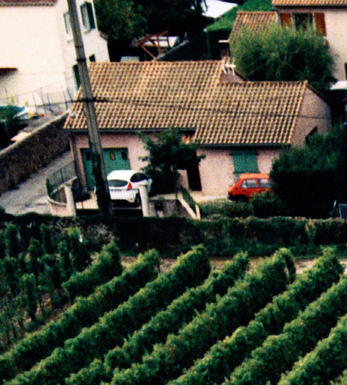
Hermitage
Hermitage is the most famous of all the northern Rhône appellations. The hill of Hermitage is situated above the town of Tain and overlooks the town of Tournon, just across the river. Hermitage has 120 hectares and produces tiny quantities of very long-lived reds.
The vines were grown in Roman times, although local folklore claims their origins to be nearly 600 years earlier. The name ‘Hermitage’ first appeared in the 16th century, derived from a legend of the 13th century Crusade, involving a wounded knight called Gaspard de Stérimberg, who made refuge on the hill, planted vines and became a hermit.
During the 17th century, Hermitage was recognised as one of the finest in Europe. In 1775, Château Lafite was blended with Hermitage and was one of the greatest wines of its day. In the late 19th century, however, Phylloxera wiped out all the vineyards.
The wines are powerful, with a deep colour and firm tannins, developing into some of the finest examples in France, with the potential to age for many decades. The best Hermitage is produced from several climats or more, blended together. The main climats are Les Bessards, Le Meal, L’Hermite, Les Greffieux and Les Diognieres. Most of the finest climats face broadly south, giving maximum sunshine. Most growers only have one or two climats and they might not complement each other; Hermitage quality can therefore vary hugely. Only the top producers have extensive diversified holdings.
80% of the wine produced is red, however up to 15% of white grapes can be used in the blend. Most growers use 100% Syrah and utilise the white grapes to make white wines only. Chapoutier, Jaboulet and Tain l'Hermitage are the principal proprietors of the appellation’s vineyards.
The white wines are made from the Marsanne and Roussanne grapes. Great white Hermitage can age, taking on the fruit characters of apricots and peaches, often giving a very nutty finish. The best examples in great vintages can last 50 years.
Mature red Hermitage can be confused with old Bordeaux. In a blind tasting of 1961 First Growth Clarets, the famous 1961 Hermitage La Chapelle was included. Most people, including its owner, Gerard Jaboulet, mistook it for Château Margaux.
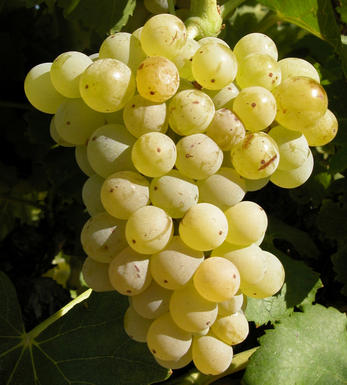
White Rhône Blend
With the exception of the wines from Condrieu and Château-Grillet virtually all Rhône Valley whites are made from blends.
In the north, the white wines of Hermitage, Crozes-Hermitage, St-Joseph, and St-Péray are produced from blends of Marsanne and Roussanne. Generally Marsanne is the dominant partner and it lends colour, body and weight to the blend, as well as richly scented fruit. Roussanne, a notoriously low yielder and pernickety to grow, produces intensely aromatic wines which contribute bouquet, delicacy and finesse to the blend.
Until about 15 years ago there was very little interest in southern Rhône whites as it was widely believed that the combination of dull non aromatic grapes and the baking summer heat meant quality wine production was nigh impossible. Since then the quality has improved markedly through the introduction of cool fermentation techniques and increased plantings of northern Rhône white grapes.
The base of many blends is still Grenache Blanc, a widely planted variety producing fresh wines with apple-like fruits, often with hints of aniseed. Ugni Blanc is still found in many blends, as is Clairette though their general lack of character and definition has led to a reduction in plantings. The future for southern Rhône whites appears to lie with Roussanne, Marsanne, and, increasingly, Viognier.


Buying options
Add to wishlist
Description
The 2003 Hermitage blanc, primarily from the Greffieux vineyard, tips the scales at 15.2% alcohol. A huge, unctuously-textured, high-test white Hermitage, it exhibits more tropical fruit than normal along with big, buttery, viscous flavors, low acidity, and huge flavor depth. Sorrel was astonished with the high alcohols he achieved in 2003, saying he had never seen a vintage like it, a comment that was repeated by nearly everyone I talked to in the northern Rhone.
(Robert Parker - Wine Advocate # 163 - Feb 06)
wine at a glance
Delivery and quality guarantee